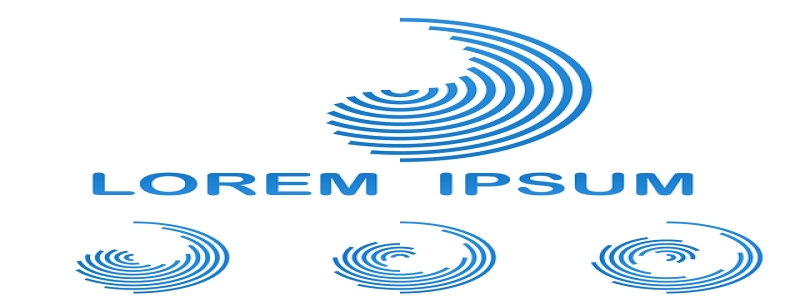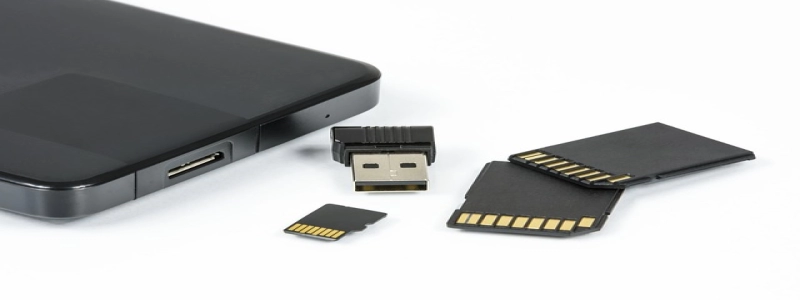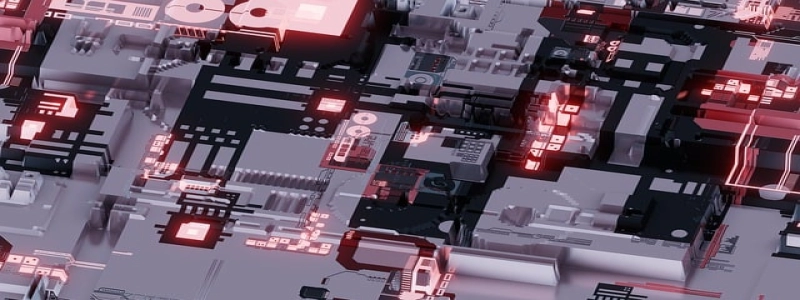Multimode Fiber Patch Cord
Introduction:
The advancement in communication technology has led to the development of various types of fiber optic cables. One such type is the multimode fiber patch cord. This article aims to provide a detailed explanation of what a multimode fiber patch cord is and its importance in the field of telecommunications.
I. What is a multimode fiber patch cord?
A multimode fiber patch cord is a type of fiber optic cable that is used to connect different devices such as computers, switches, or routers. It consists of multiple strands of glass or plastic fibers enclosed within a protective jacket. The diameter of each fiber strand is larger in comparison to single-mode fiber optic cables, allowing for the transmission of multiple light rays simultaneously.
II. Structure and Components:
A. Fiber Strands: The core of a multimode fiber patch cord consists of several fiber strands that carry the optical signals. These strands are made of materials with high refractive indices to facilitate the efficient transmission of light.
B. Protective Jacket: The fiber strands are surrounded by a protective jacket made of durable materials such as polyvinyl chloride (PVC) or high-density polyethylene (HDPE). This jacket provides physical protection to the fragile fiber strands and prevents the infiltration of moisture or dust.
III. Types of multimode fiber patch cords:
A. OM1: OM1 (Optical Multimode 1) is a type of multimode fiber patch cord that supports transmission over relatively shorter distances, typically up to 500 meters. It has a core size of 62.5 micrometers and is primarily used in LAN (Local Area Network) connections.
B. OM2: OM2 (Optical Multimode 2) is an upgraded version of OM1 and offers better transmission performance. It has a core size of 50 micrometers and can transmit data over distances of up to 550 meters.
C. OM3: OM3 (Optical Multimode 3) is a higher-grade multimode fiber patch cord that supports transmission over longer distances, up to 300 meters. It has a core size of 50 micrometers and is suitable for high-speed data transmission.
D. OM4: OM4 (Optical Multimode 4) is the latest and most advanced type of multimode fiber patch cord. It has a core size of 50 micrometers, similar to OM3, but offers higher bandwidth and can transmit data over longer distances, up to 550 meters.
IV. Importance of multimode fiber patch cords:
Multimode fiber patch cords play a crucial role in establishing reliable and high-speed communication networks. They are widely used in data centers, telecommunication networks, and office environments. Some key benefits of using multimode fiber patch cords are:
– High bandwidth: Multimode fiber patch cords offer higher bandwidth compared to traditional copper cables, allowing for faster data transmission.
– Noise resistance: Fiber optic cables are not susceptible to electromagnetic interference, ensuring a stable and uninterrupted transmission of data.
– Longer transmission distances: With advancements in multimode fiber technology, the transmission distances have significantly increased, enabling efficient connectivity over longer distances.
– Future-proofing: Investing in multimode fiber patch cords ensures compatibility with future network upgrades and expansions.
Conclusion:
In summary, multimode fiber patch cords are essential components in modern communication networks. Their ability to transmit multiple light rays simultaneously, high bandwidth, and resistance to interference make them indispensable for high-speed data transmission. Understanding the types and structures of multimode fiber patch cords is crucial for selecting the appropriate cables for various communication requirements.







